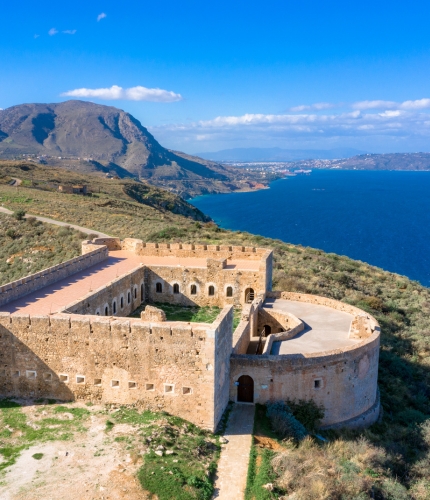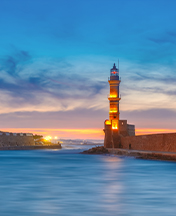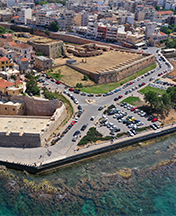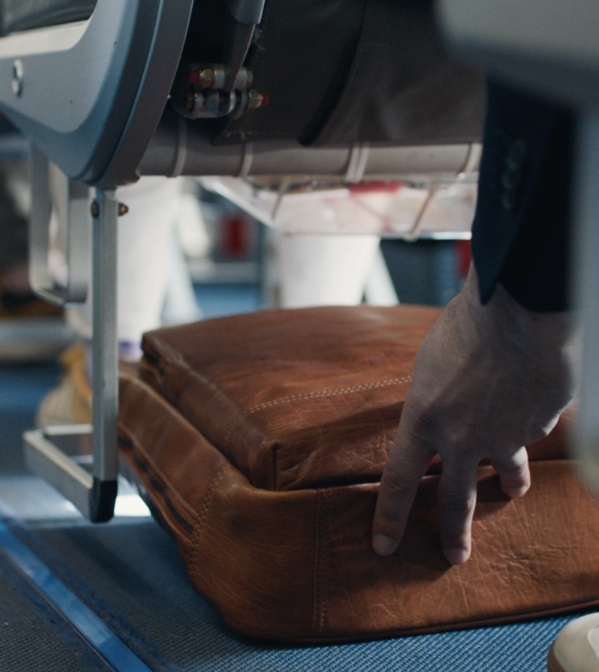The city of Chania is built in the location of ancient Kydonia, which, according to Homer, was one of the major cities of Crete. The surviving architectural remains of the city belong to large-sized Mycenaean-era buildings. In the post-Mycenaean period, the city boomed and maintained its development well until the Roman times, when August Caesar awarded Kydonia the status of independent city. The wider location hosted many ancient cities and temples, such as the temple of Asclepius in Lissos. In 823 A.D., the city fell to the Saracens, and in 828 A.D., it was destroyed, sharing the fate of many other Cretan cities. In 961 A.D., the Byzantines rebuilt it entirely, using all the materials that remained from the ruins. To protect the city, they built a fortress around the hill known as Kastelli. In 1204 A.D., Chania were taken over by the Venetians, who fortified the city around the fortress of Kastelli and restored the devastated city. During the next four centuries, the Venetians built their Catholic Cathedral insisde the castle, as well as many elegant manors. The famous painter Domenikos Theotokopoulos, also known as El Greco, was born in that period. In 1645, the city was surrounded to the Turks, who changed its architectural style, since all Catholic churches were converted into mosques. In 1913, Crete was reunited with the rest of Greece after many efforts by Eleftherios Venizelos, Governor of Crete and later Prime Minister of Greece.













